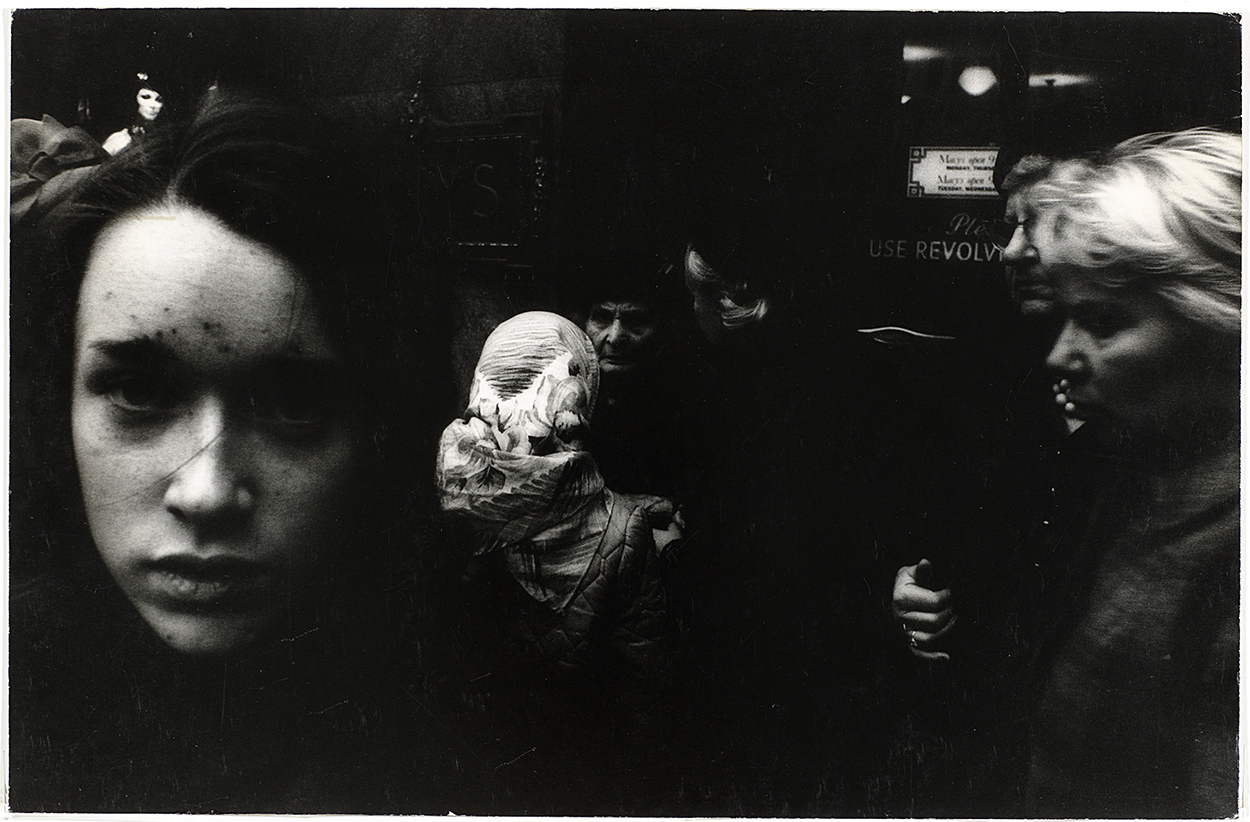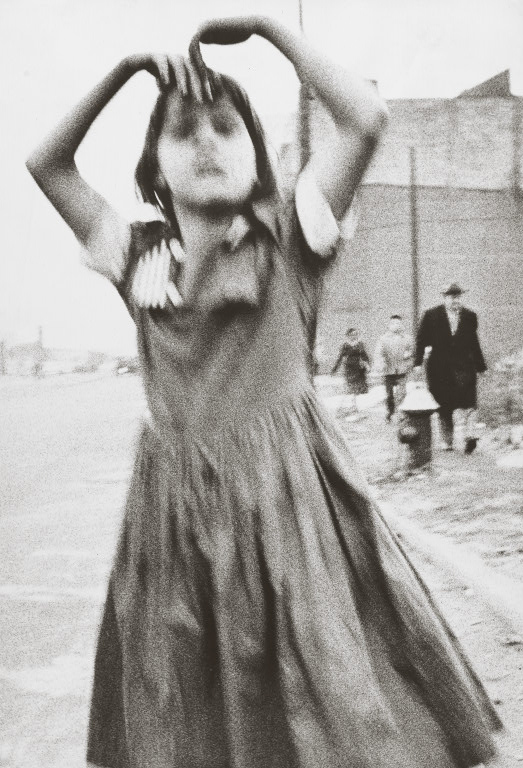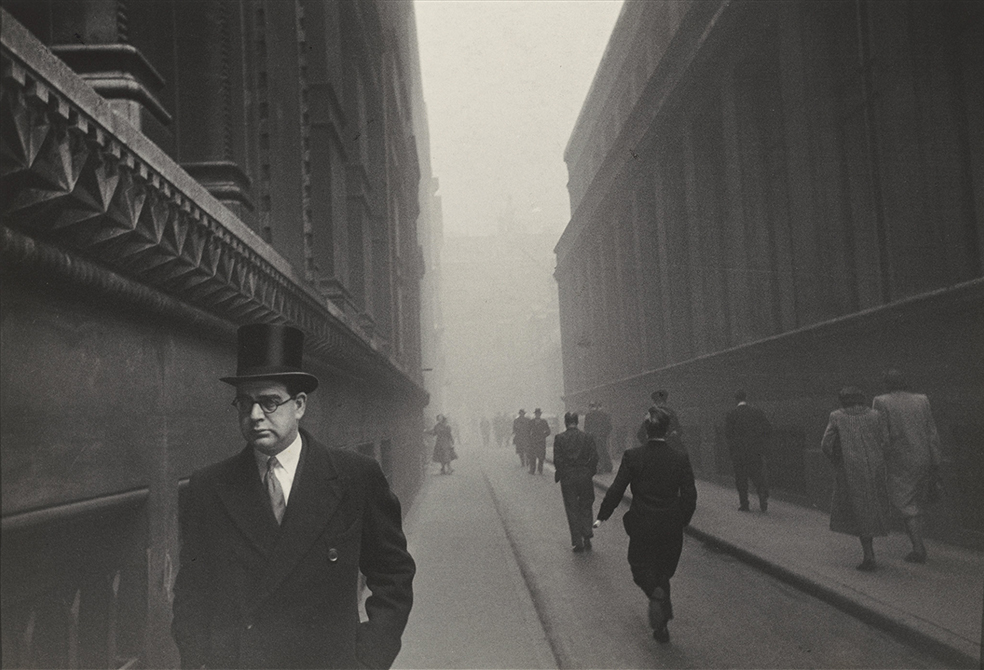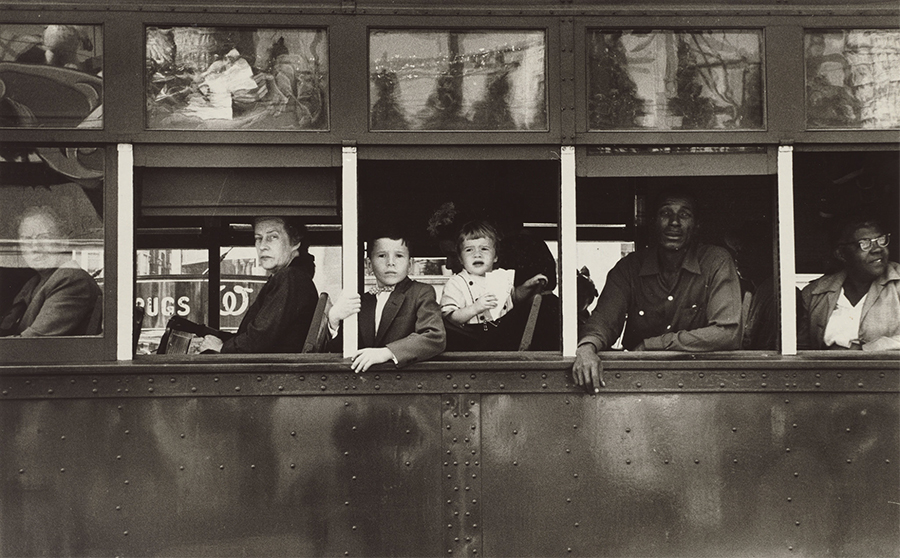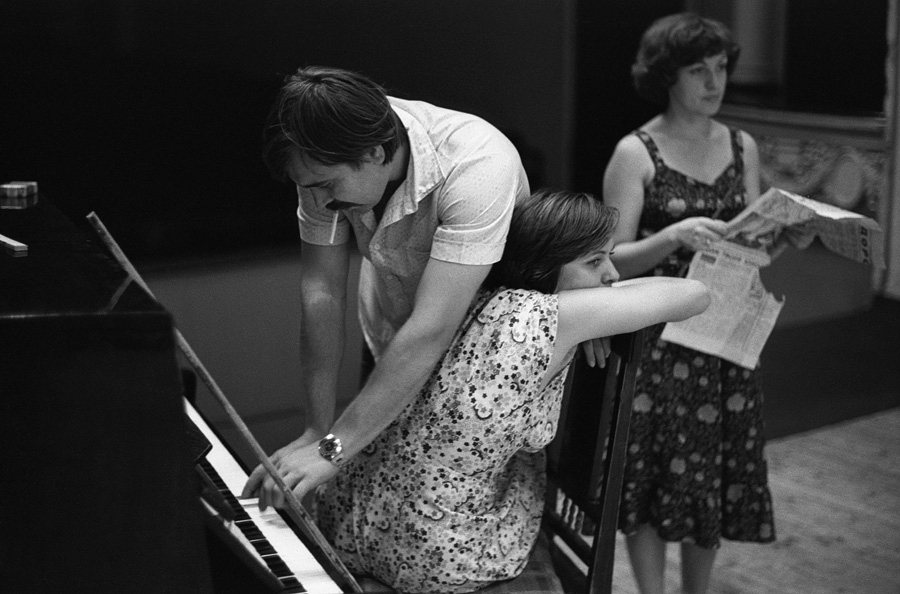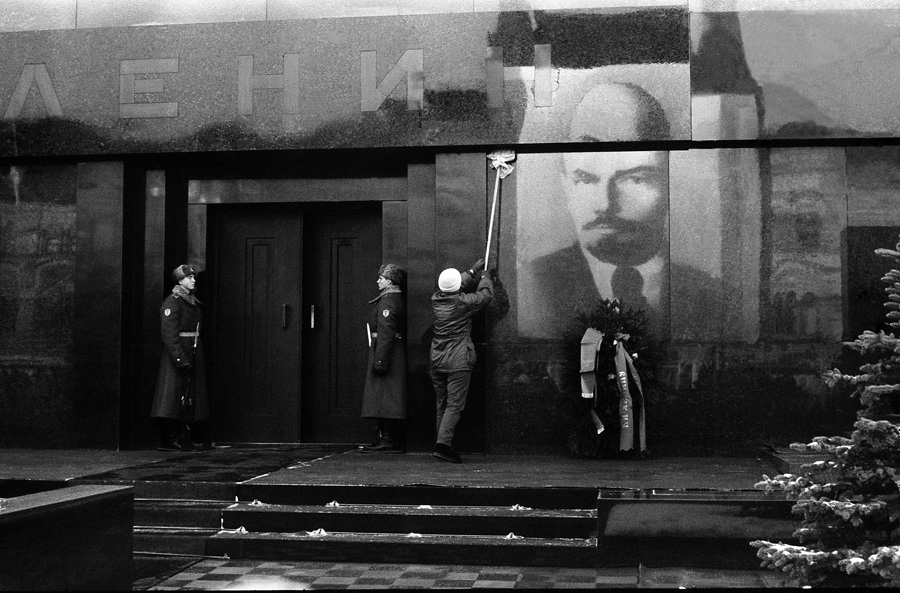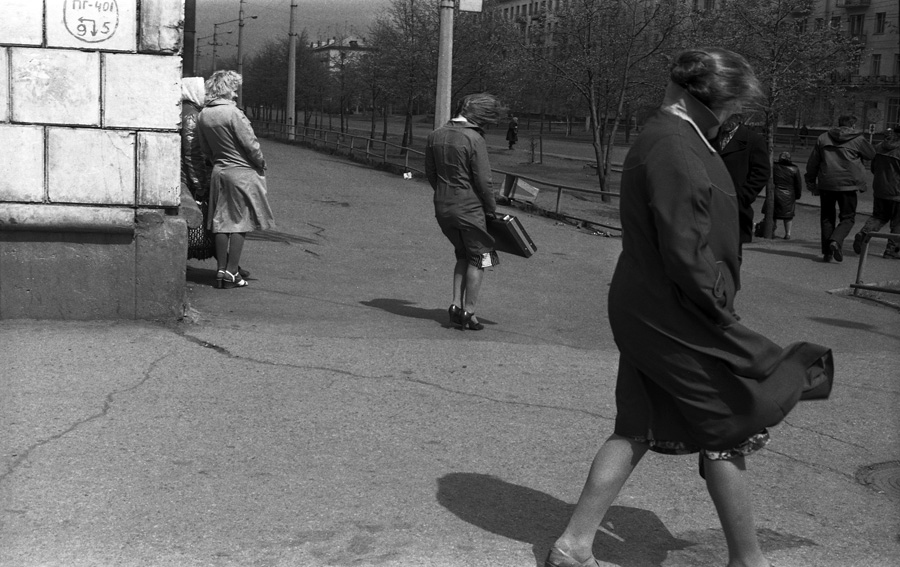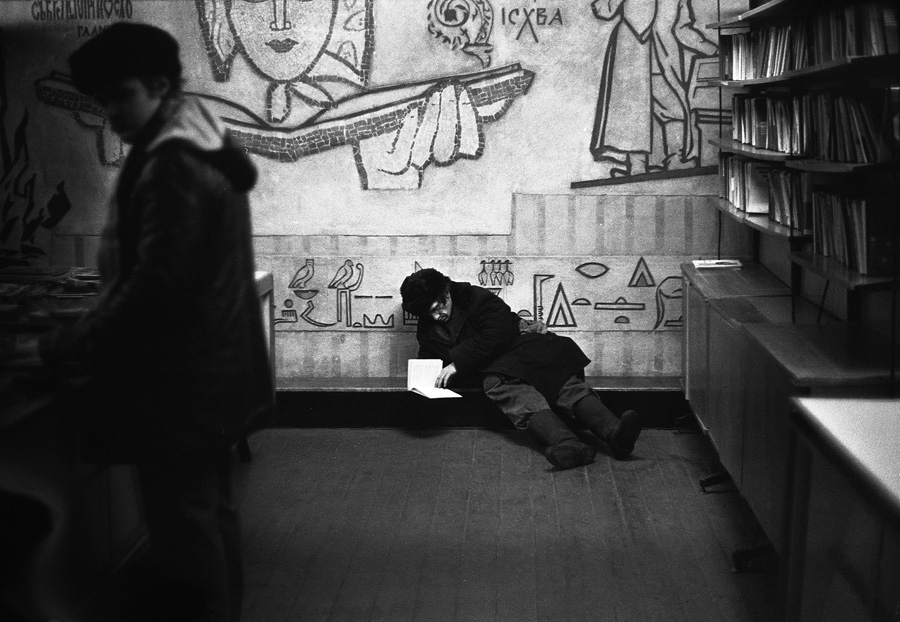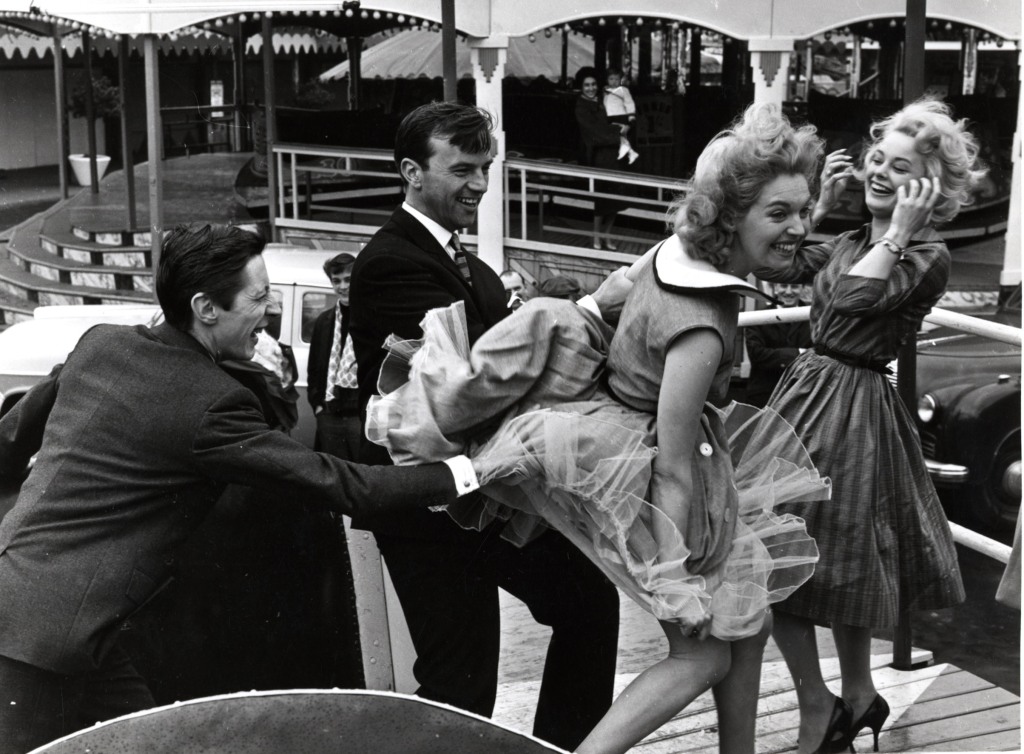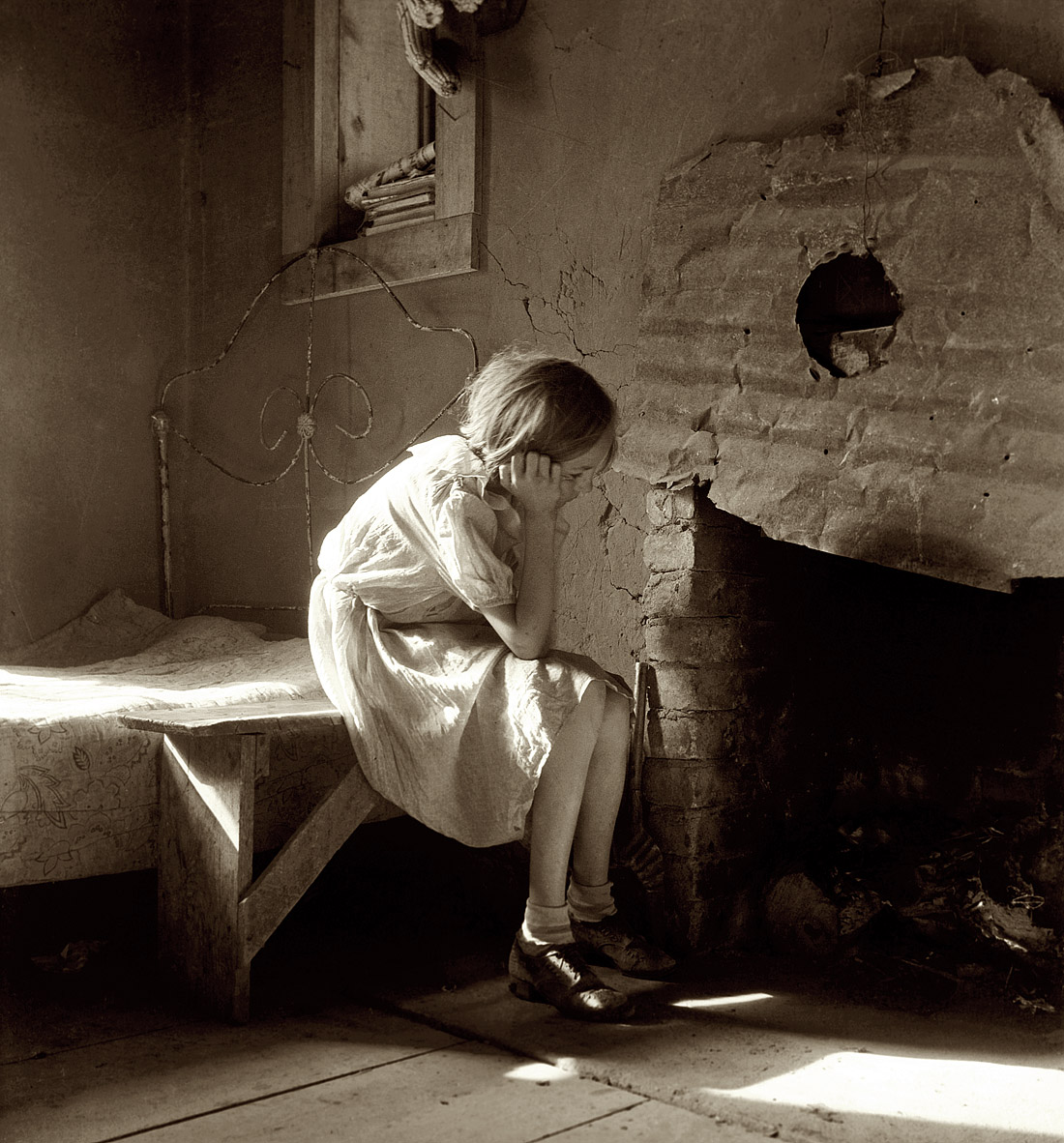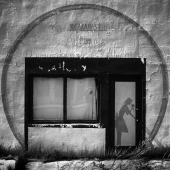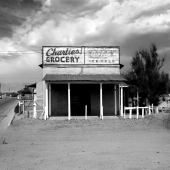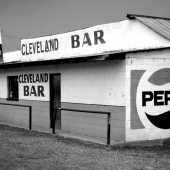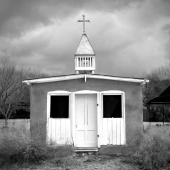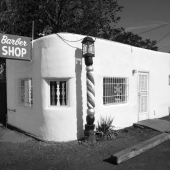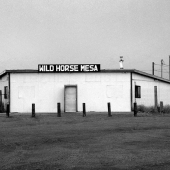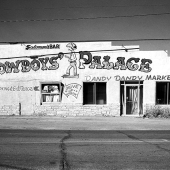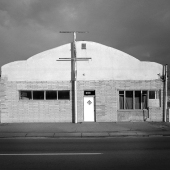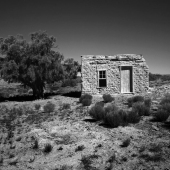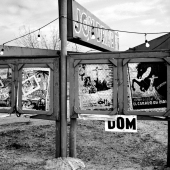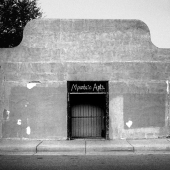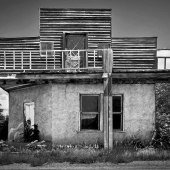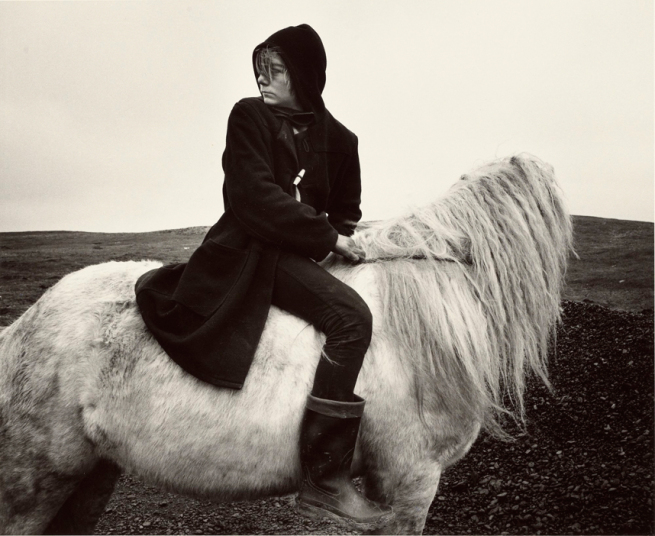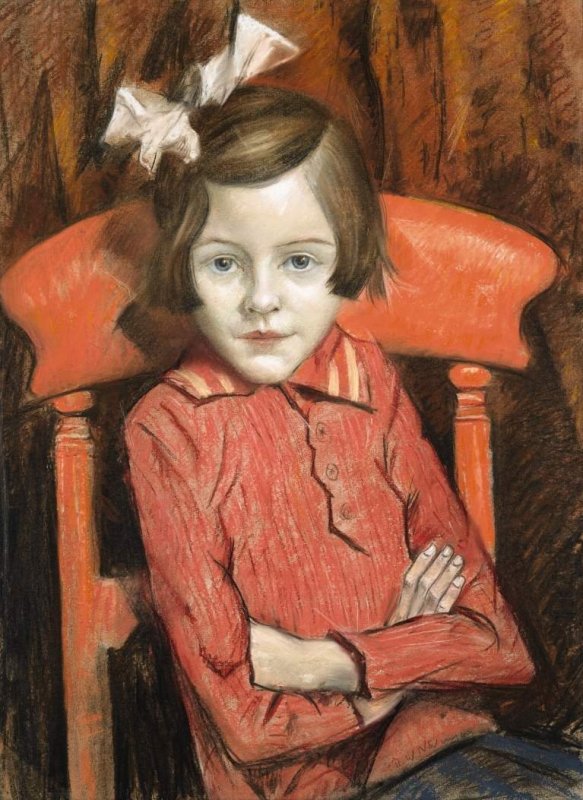
Pastel by Christopher Richard Wynne Nevinson. (British, 1889-1946)
I’ll include more of my favorite work by Nevinson in future posts.
posted under: social history
the charlady’s daughter, 1934
william klein, new york, 1955
robert frank in london + new orleans
more vladimir sokolaev
john bignell: battersea fun fair, 1957
a photo for sunday: starting over, 1935
circo: portrait of a circus family
I’ve just watched Circo, a brilliant documentary about a small and struggling family circus in Mexico (trailer above). Directed, produced and beautifully photographed by Aaron Schock, Circo documents the artistry, endless work and frequent conflicts of the Ponce family as they travel across Mexico with their circus tents, animals and equipment, performing for small audiences in rural towns. Life for the Ponces is hard and financially precarious, and the film clearly admires their stamina and devotion to circus traditions.
Circo had a theatrical release in 2011 but was also shown on PBS’s Independent Lens program, which offers this summary:
The Ponce family circus has been living and performing in rural Mexico for seven generations. Its history dates back to the late 19th century, when Genaro Ponce founded the Circo Ponce Hermanos. Today, the circus members are still carrying on their ancestors’ traditions. But their performing days may be numbered.
Tino, the ringmaster, has long been driven by his dream to lead his parents’ circus to success. He urges everyone in the family, including his four young children, to help meet this goal. But Tino’s wife Ivonne is determined to make a change. Feeling exploited by her in-laws, she regrets that her children have spent their childhoods laboring in the circus. Can Tino choose between his circus dreams and a wife who wants a better life for their children?
Filmed along the back roads of Mexico, Circo is an intimate portrait of a family trying to stay together despite mounting debt, dwindling audiences, and simmering conflict. With a marriage in trouble and a century-old tradition hanging in the balance, the Ponce family circus struggles to make a living off its artistry, sweat, and wit.
The story of the family and the history of their circus is told through the lives living it, in voiceover and in candid conversations between family members. The Ponce family’s commitment to the circus is a commitment of the heart, as Tino narrates:
A circus moves really fast. So it comes to these towns and it’s there just a day. The most is two days and then you move on. . . The circus forever. Through the good and the bad. Always the circus.
In one scene, the camera follows Tino’s father closely as he drives through a town, giving away a few free tickets to children, who clamor for them at his car door. He knows his audience. “Without children,” he says, “there is no circus.”
Tino’s brother Tacho leaves the circus for love at one point, but he returns six months later, unable to adjust to the rhythms and ways of life outside the circus tent. His new wife comes with him, although she regrets and possibly resents having to leave her work and family. Tacho explains why he had to return:
My hands, my hands — they are only good for putting up and taking down the circus. Not to work for other people.
The circus, Tino says, is both tough and beautiful. But his wife Ivonne desperately wants a different life:
With Tino I fight a lot about this. . . .You have kids to give them everything, not for them to give everything to you. And they give us too much. Because they work a lot. Too much.
And she’s absolutely right, of course. The children work incredibly hard and have little or no time for a formal education, although they are all gifted artists and performers in their own right. A decision to leave is made during the film, but we learn in an update that it was remade after the film ended. You can view an update on the Ponce family and a clip of Aaron Schock talking about the film on the PBS Independent Lens website.
The Tuscon-based band Calexico wrote the film’s subtle and superb soundtrack. Band members Joey Burns and John Convertino discuss the process of making music for Circo.
tripping through new mexico
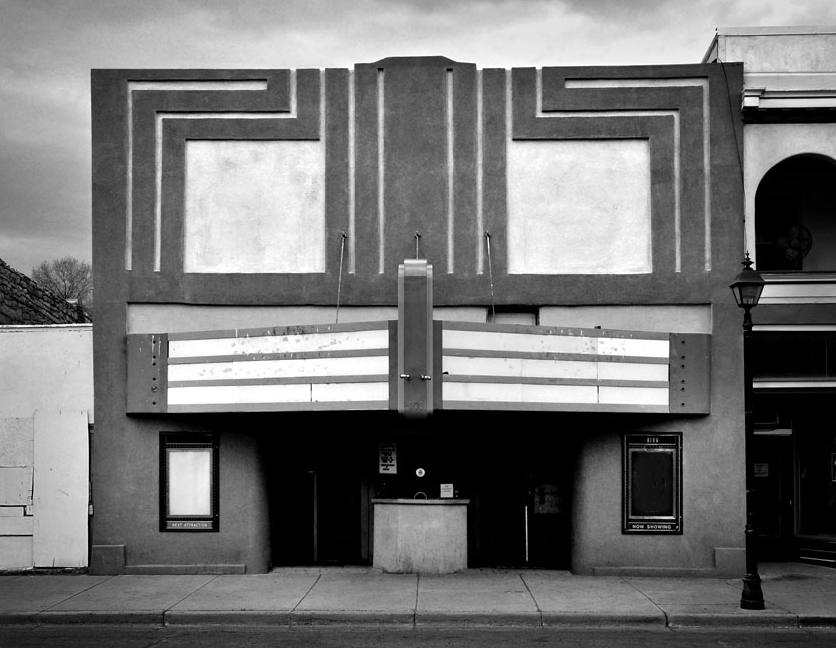
I’ve just discovered the work of Robert Christensen. From his website:
VERNACULAR ARCHITECTURE OF NEW MEXICO: PHOTOGRAPHS BY ROBERT CHRISTENSEN 1973 – 2013
EXHIBITION AT THE ALBUQUERQUE MUSEUM OF ART AND HISTORY: September 21, 2013 – March 16, 2014
In 52 stunning black-and-white photographs, Belen-based photographer Robert Christensen has documented, in a spare compositional format, home-spun, down-to-earth buildings such as gas stations, garages, barns, bars, and shops, which he calls the we-don’t-need-no-stinking-blueprints school of structural design. The artist states, “I see these images as portraits of unassuming, idiosyncratic individuals, rather than pure historical documentation. While quite a few of these buildings still stand, as a genus they are fading away, along with the individualism and self-reliance that produced them. Some have been replaced by mundane new construction, some have been chicly remodeled at the expense of their original allure, and some have just vanished.”
Over the past four decades Christensen has traveled to all corners of New Mexico and neighboring borderlands looking for interesting buildings along the way. The list of locations of structures captured by the artist inspires the imagination. . . .Towns such as Vado, Dexter, Vaughn, Midway, Acme, La Joya, Cleveland, and Canutillo all evoke places of forgotten legend or the mythical long ago.
The photo at the top is the Kiva Theatre in Las Vegas, New Mexico, which Christensen shot in 2009 but it could have been 1949. Have a look at a few more of his photos in the gallery below — and then go to his website to view more. His work is not only stunning, it’s a gift — intimate little worlds discovered in landscapes that can, in life, feel parched, empty and forgotten. Christensen has made me see and experience those landscapes differently.
What I appreciate most is how these photos have accrued over decades of seeing — it’s a rich visual history that would have remained invisible to and unknown by a larger world if Christensen hadn’t documented it.





